Exploring Europe’s most stunning castles offers a journey through history, architecture, and breathtaking landscapes. From the fairy tale spires of Neuschwanstein to the intricate beauty of the Alhambra, each castle tells a unique story. These architectural marvels, scattered across the continent, showcase the diverse cultural heritage and artistic achievements of Europe. Whether perched on dramatic cliffs or nestled in lush valleys, these castles captivate the imagination and provide a glimpse into the past. Discover the magic and grandeur of Europe’s most enchanting castles.
Neuschwanstein Castle, Germany

Perched atop a rugged hill in Bavaria, Neuschwanstein Castle is the epitome of fairy tale splendor. Commissioned by King Ludwig II in the 19th century, its Romanesque Revival architecture captivates visitors. The castle’s picturesque towers and intricate interiors are breathtaking. Surrounded by the stunning Alps, it offers panoramic views of the countryside. Often considered the inspiration for Disney’s Sleeping Beauty Castle, it remains a must-visit destination.
Château de Chambord, France
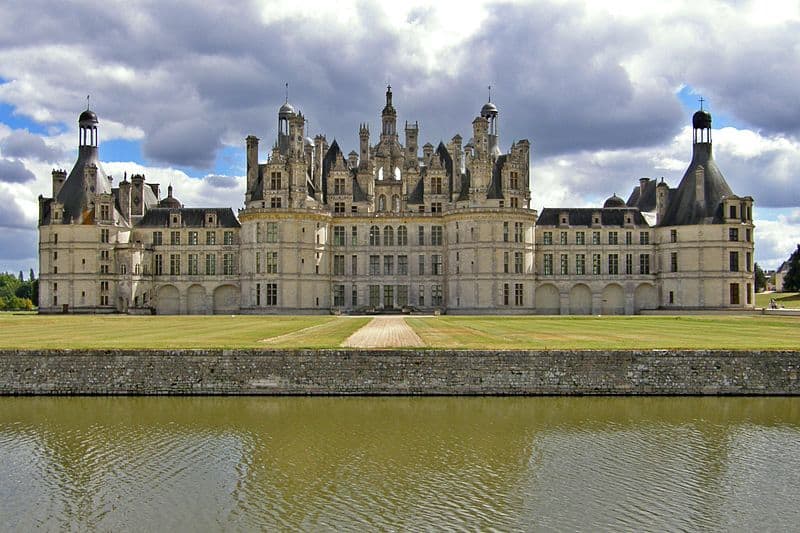
The Château de Chambord stands as a masterpiece of the French Renaissance. Located in the Loire Valley, this sprawling estate features an intricate double-helix staircase designed by Leonardo da Vinci. With over 400 rooms and 365 chimneys, its grandeur is unmatched. The château’s elaborate façade and extensive gardens reflect the opulence of King Francis I. It’s a symbol of France’s rich cultural heritage and architectural innovation.
Edinburgh Castle, Scotland
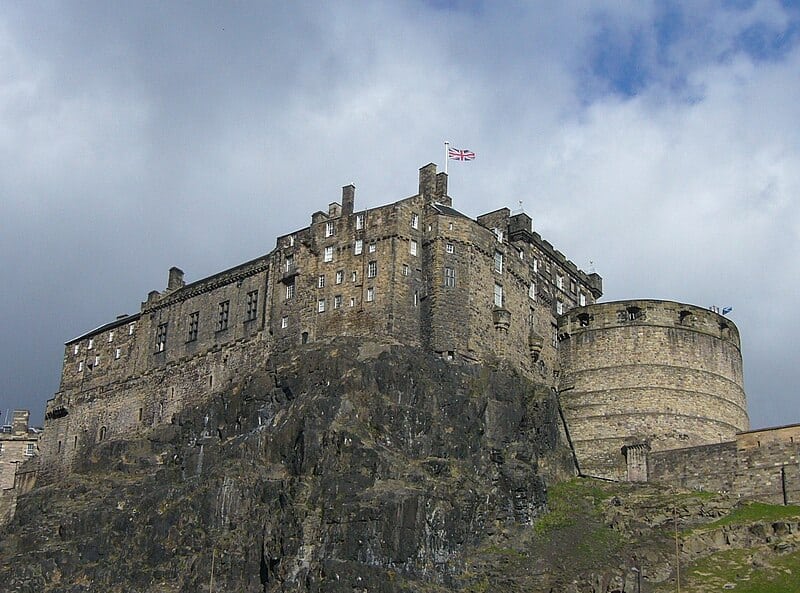
Dominating the skyline of Scotland’s capital, Edinburgh Castle is a historic fortress with a dramatic presence. Perched on Castle Rock, it offers a commanding view of the city. The castle has been a royal residence, military stronghold, and now a museum. Key attractions include the Crown Jewels and the Stone of Destiny. Its storied past and striking architecture make it a must-see for history enthusiasts.
Alhambra, Spain
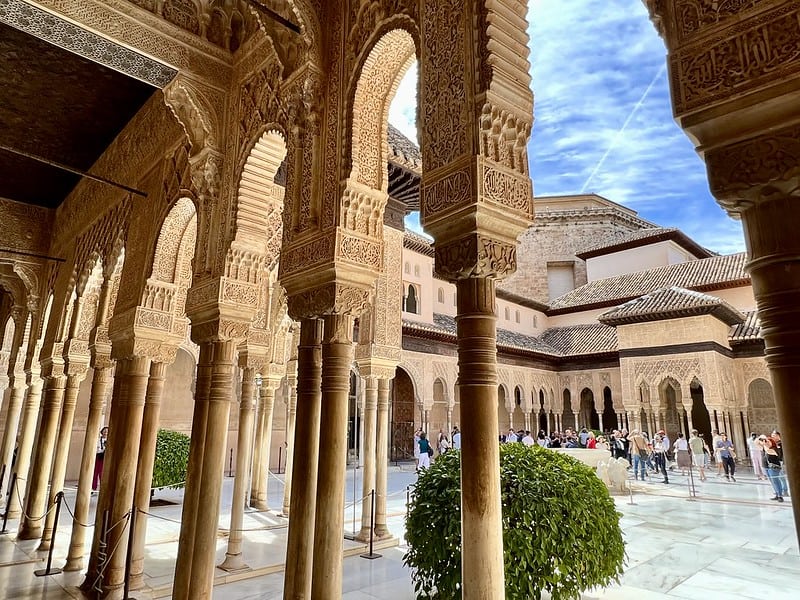
The Alhambra in Granada is a stunning example of Moorish architecture and artistry. This palace and fortress complex, built in the 13th century, showcases exquisite Islamic art. Its intricate stucco work, tranquil courtyards, and lush gardens evoke a sense of serenity. The Generalife gardens are particularly renowned for their beauty. Alhambra’s historic significance and stunning vistas attract millions of visitors annually.
Prague Castle, Czech Republic
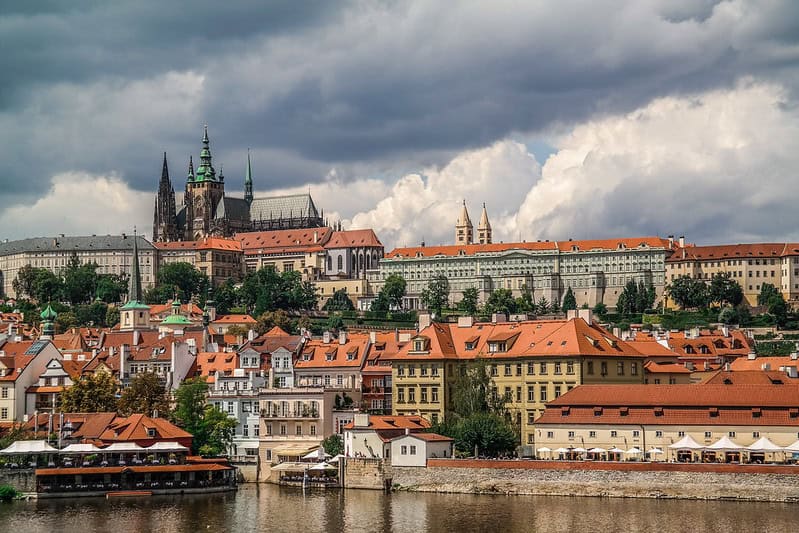
Prague Castle, a UNESCO World Heritage site, is the largest ancient castle complex in the world. Spanning over 70,000 square meters, it includes palaces, churches, gardens, and towers. The Gothic-style St. Vitus Cathedral is a highlight with its stunning stained glass windows. Overlooking the Vltava River, the castle offers breathtaking views of Prague. Its rich history and architectural diversity make it a focal point of Czech culture.
Bran Castle, Romania

Often referred to as Dracula’s Castle, Bran Castle is nestled in the Carpathian Mountains of Romania. This medieval fortress, dating back to the 14th century, is steeped in legends and myths. Its imposing towers and winding staircases add to its mysterious allure. Though linked to Bram Stoker’s Dracula, it has no real connection to the vampire lore. The castle’s intriguing history and dramatic setting draw countless visitors each year.
Windsor Castle, England
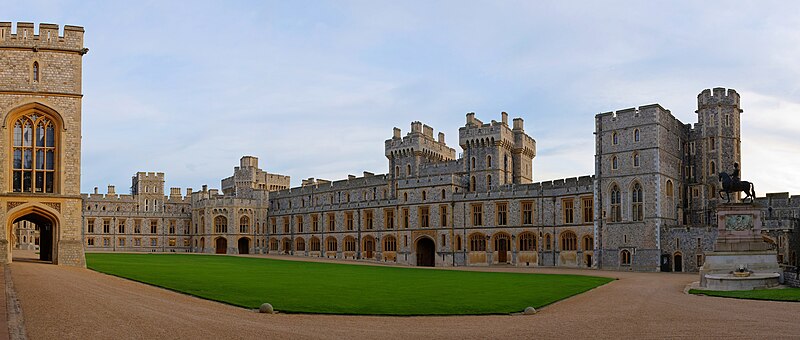
Windsor Castle, one of the official residences of the British monarch, is the oldest and largest inhabited castle in the world. Built in the 11th century, it has been a royal residence for over 900 years. The castle’s State Apartments are lavishly decorated and open to the public. St. George’s Chapel, a masterpiece of Gothic architecture, is also located within its grounds. Windsor Castle’s historic significance and royal connections make it a key British landmark.
Castel del Monte, Italy
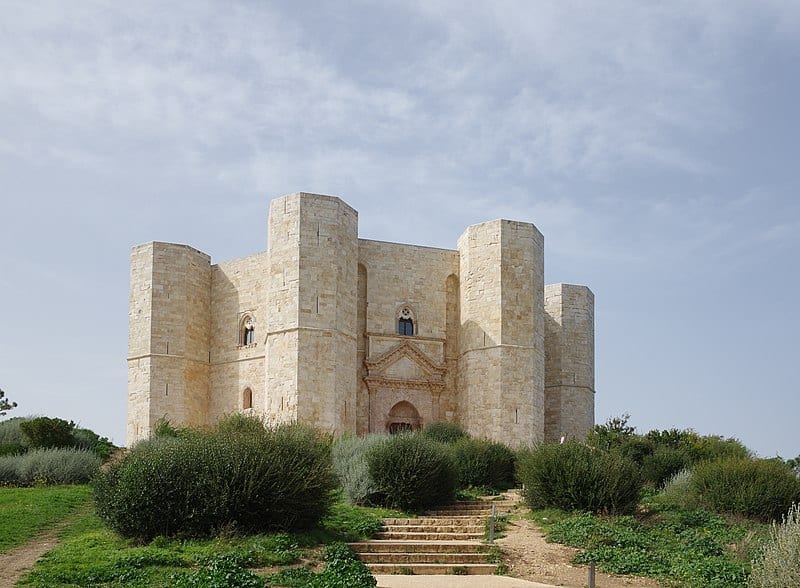
Castel del Monte, located in Apulia, Italy, is a unique and enigmatic fortress. Built by Emperor Frederick II in the 13th century, it features an octagonal design. The castle’s geometric precision and blend of architectural styles reflect Frederick’s diverse influences. Despite its austere exterior, it was likely used as a hunting lodge or retreat. Castel del Monte’s mysterious origins and striking form continue to fascinate scholars and tourists alike.
Schönbrunn Palace, Austria
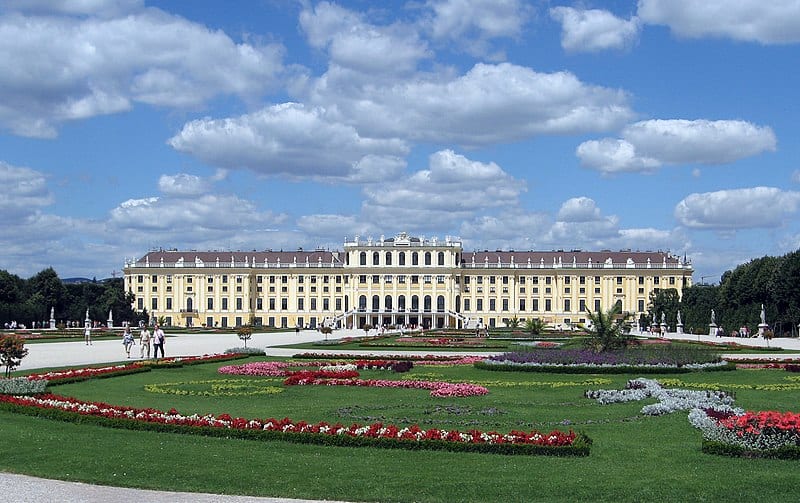
Schönbrunn Palace, the former imperial summer residence, is a Baroque masterpiece in Vienna. With 1,441 rooms, it is one of the most important cultural monuments in Austria. The palace’s opulent interiors and extensive gardens are a testament to the Habsburg dynasty’s grandeur. The Gloriette, a grand pavilion, offers panoramic views of the city. Schönbrunn’s historical and artistic significance make it a top destination in Austria.
Pena Palace, Portugal
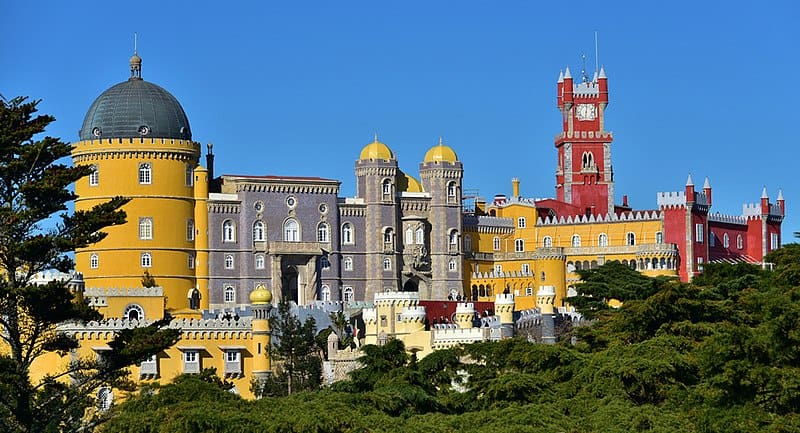
Pena Palace, perched on a hilltop in Sintra, Portugal, is a vibrant example of 19th-century Romanticism. Its eclectic design incorporates Gothic, Renaissance, and Moorish elements. The palace’s vivid colors and ornate details create a whimsical appearance. Surrounded by lush gardens and the Sintra mountains, it offers breathtaking vistas. Pena Palace’s fairy tale charm and architectural splendor make it a highlight of any visit to Portugal.
Bojnice Castle, Slovakia
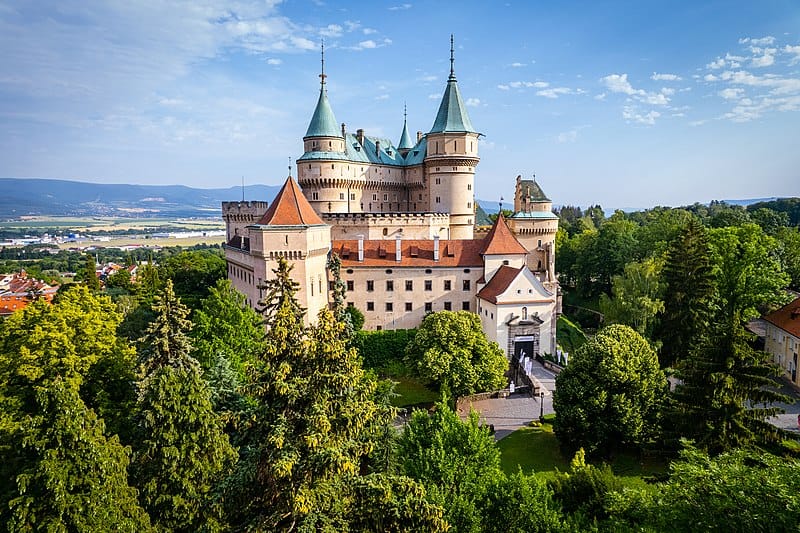
Bojnice Castle, located in central Slovakia, is a picturesque fortress with a fairy tale appearance. Originally built in the 12th century, it underwent a Romantic-style reconstruction in the 19th century. The castle features elegant towers, a moat, and a stunning interior filled with art and antiques. Its annual International Festival of Ghosts and Spirits adds a magical allure. Bojnice Castle’s enchanting beauty and rich history attract numerous visitors.
Kronborg Castle, Denmark
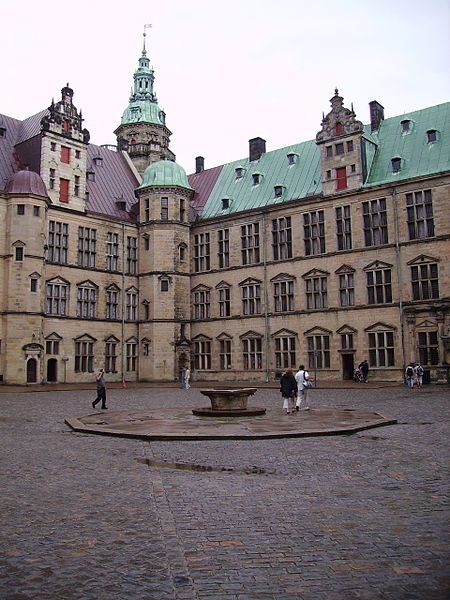
Kronborg Castle, immortalized as Elsinore in Shakespeare’s Hamlet, is a Renaissance masterpiece in Denmark. Located at the narrowest point of the Øresund Strait, it has a strategic and historical significance. The castle’s grand halls, ornate chapel, and fortifications reflect its royal past. Visitors can explore the dungeons and the statue of Holger the Dane. Kronborg’s literary connections and architectural grandeur make it a fascinating destination.
Hohenzollern Castle, Germany
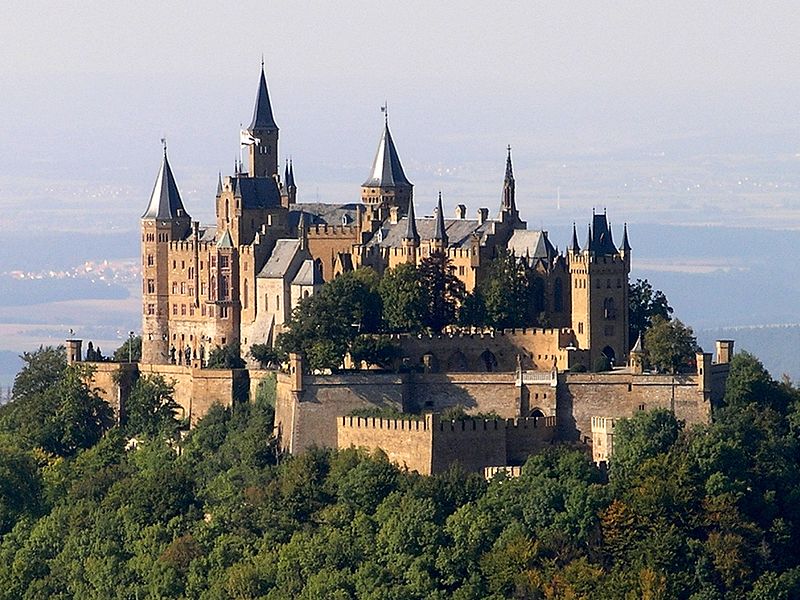
Hohenzollern Castle, perched atop Mount Hohenzollern in Baden-Württemberg, is a striking neo-Gothic fortress. Reconstructed in the 19th century, it serves as the ancestral seat of the Hohenzollern family. The castle’s turrets, towers, and ornate interiors exude medieval charm. Its elevated position offers stunning views of the surrounding landscape. Hohenzollern Castle’s historical significance and breathtaking architecture draw many admirers.
Eltz Castle, Germany
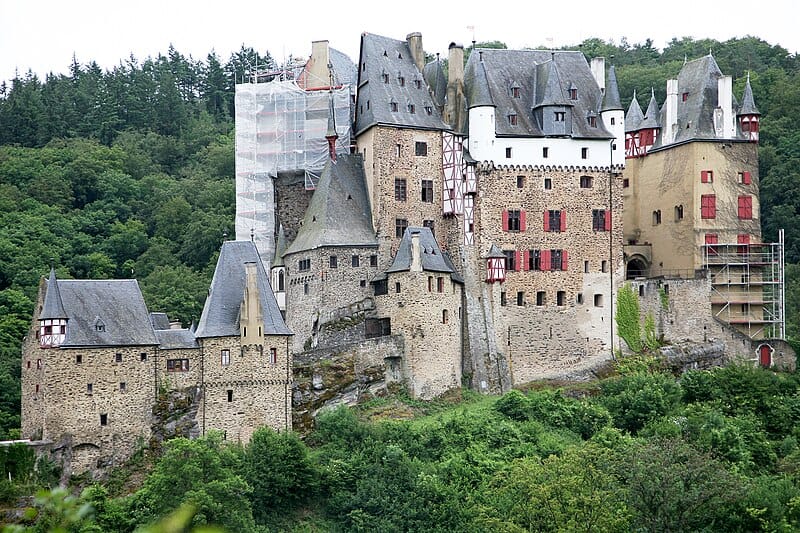
Nestled in the hills above the Moselle River, Eltz Castle is a medieval gem in Germany. This well-preserved fortress has been owned by the same family for over 850 years. Its picturesque turrets, towers, and timber-framed structures are enchanting. The castle’s interiors house a remarkable collection of art, armor, and artifacts. Eltz Castle’s idyllic setting and historical continuity make it a must-see destination.
Château de Chenonceau, France
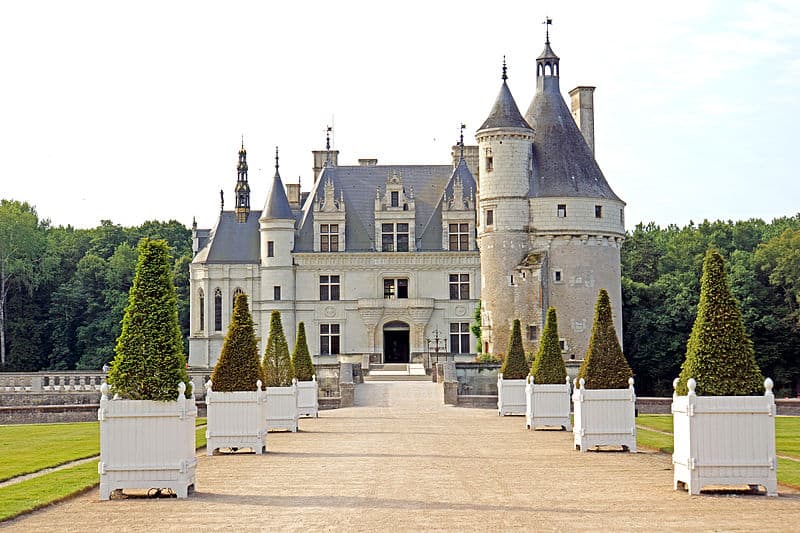
Château de Chenonceau, spanning the River Cher, is a stunning example of French Renaissance architecture. Known as the “Ladies’ Castle” due to its female owners, it features elegant gardens and a gallery bridge. The château’s interiors are adorned with exquisite tapestries and paintings. Its unique location and historical significance make it one of the Loire Valley’s most visited châteaux. Chenonceau’s beauty and charm captivate all who visit.
This article originally appeared on Rarest.org.
More From Rarest.Org
1978 Eisenhower Dollar Coin Value Guide

The 1978 Eisenhower dollar is primarily made of 75% copper and 25% nickel with its core made of pure copper but it is covered with a mixture of copper and nickel. There is also a different variety of the dollar coin, which was made of 40% silver. Read more.
Perfume has long been a symbol of luxury and personal expression, with some fragrances reaching extraordinary prices due to their rare ingredients, exquisite craftsmanship, and exclusive packaging. The world’s most expensive perfumes offer more than just a scent; they represent artistry and opulence. Read more.
Exploring unique dishes from around the world offers a glimpse into the rich tapestry of global culinary traditions. These dishes, found only in their place of origin, provide a taste of local culture and history. Read more.


